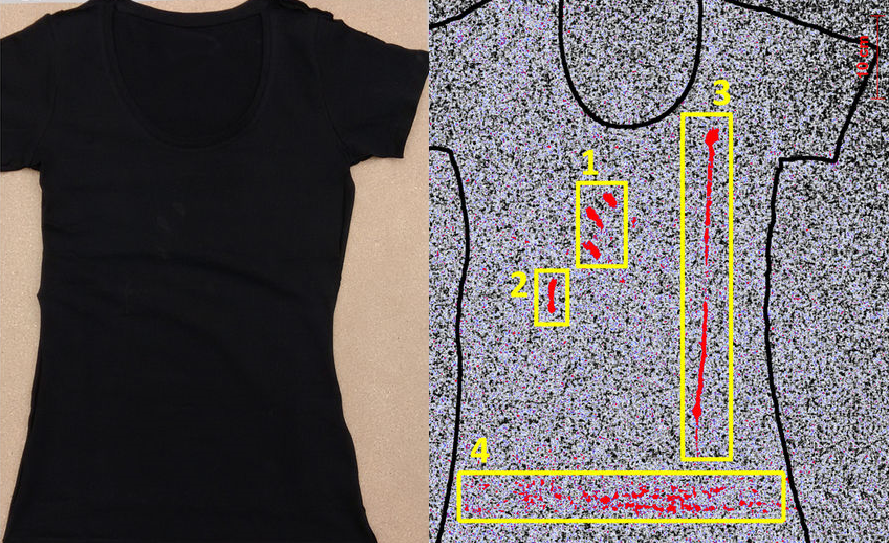In a special collaboration within NICAS the TU Delft, the Rijksmuseum, the UvA en the NFI have introduced a new method for detecting ‘hard to find’ and concealed forensic traces using a technique designed for cultural heritage research. The results have now been officially published in Nature’s open access journal Scientific Reports.
The research is based on MA-XRF (i.e. scanning macro x-ray fluorescence spectroscopy) a technique originally developed for the elemental imaging of paintings and other works of art. In art science MA-XRF is known for revealing hidden paint layers and this exciting feature has assisted in art authentication and has enabled studies into the creative process of the artist. In the current study the potential of MA-XRF in forensic science has been demonstrated for the first time. Elemental signatures of biological traces (such as blood, sperm, urine and sweat) and complex gunshot residue patterns allow the detection and imaging of such traces on clothing items that are too dark or too fluorescent for traditional techniques.

Four different blood stains on a black t-shirt made visible by MA-XRF scanning techniques based on iron and potassium signals.
The method is fully compatible with forensic DNA profiling. Additionally, the new method offers interesting opportunities for aged traces, mixed stains, traces of poor quality and traces that have been accidentally or intentionally concealed. MA-XRF based lead imaging for example enabled the detection of a bullet impact in a wall even if multiple layers of paint are applied to conceal the evidence.
Arian van Asten and Joris Dik were interviewed about the project for the Dutch newspaper De Volkskrant. You can read the article (in Dutch) here.
You can read the article in the open access journal Scientific Reports by clicking this link.
